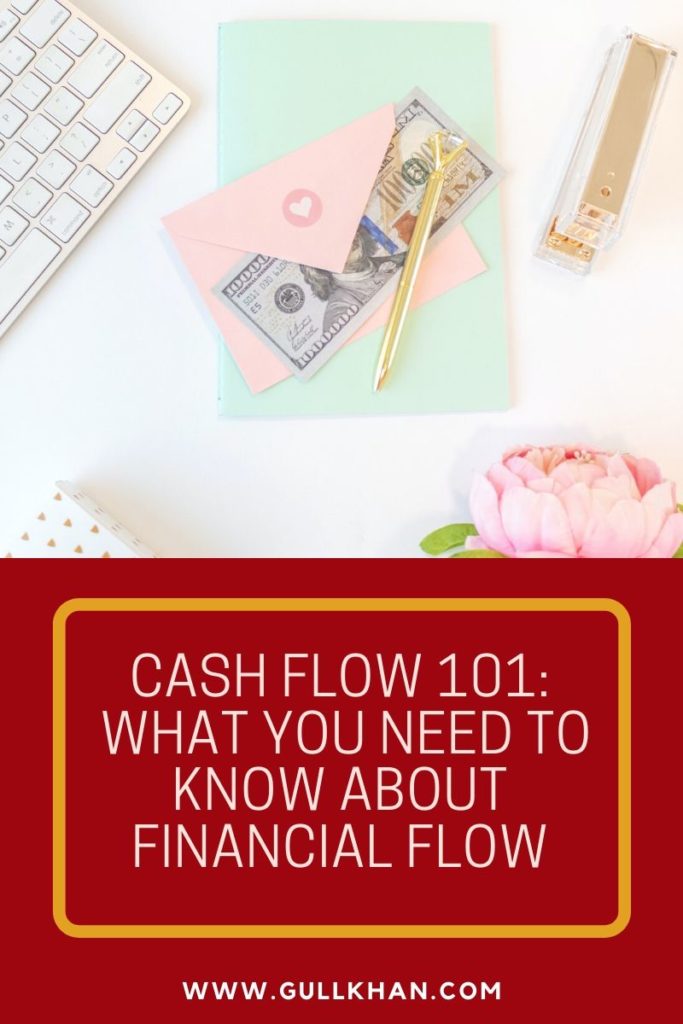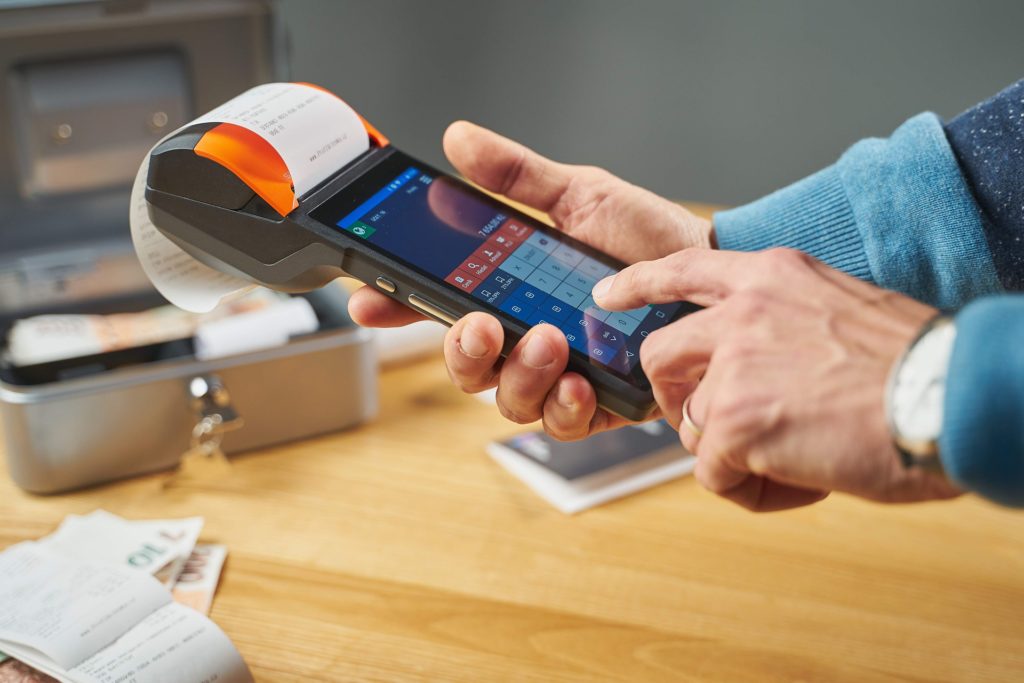Cash flow is an essential part of living.
Whether it’s for personal finance or business, you need to learn and understand how the money flows in and out of your life.
The problem is, most people avoid looking at their money. Because of this fear, they become adamant about learning how to improve their cash flow.
So today, I will be talking about cash flow and how you could improve yours.
Let’s get started.

What is cash flow?
Cash flow is the movement of money and assets in your business, according to The Balance.
Ideally, cash flow should go both ways. But if not done right, it can go right out of your hands.
Cash coming in from customers or clients is considered as accounts receivable. Money coming out in the form of payments like expenses, loans, and rent is called accounts payable.
Accounts receivables are considered as business assets due to their value. It is the total amount owed to you for your products and services.
On the other hand, accounts payable is all about the company’s obligations. If the payables outweigh the receivables, then it might mean you’re on a negative.
The same goes for personal finance.
As an individual, you should be doing cash flow analysis to see if you are truly doing well. This will also help you identify certain habits and beliefs you need to change to achieve abundance.
Common Money Mistakes People Make
We all have certain beliefs about money that affects the way we treat it. These beliefs also often dictate how abundance and wealth go into our lives.
As a money mindset expert, I’ve spoken to so many people about their cash flow. And here are the top mistakes people often make.
People avoid looking at their money
Some people are scared to look at their bank accounts. Some don’t even create a budget or monitor where their money goes.
This behavior is also called financial denial.

Most of the time, people with financial denial had early life experiences where they received mixed signals about money.
They witnessed parents or guardians having issues with money. This results in a direct avoidance of money.
They try to minimize money problems by refusing or denying to look at their bank statement and credit card bills.
People who experience financial denial also experience guilt whenever they get money.
They often have low self-esteem and have excessive risk aversions especially in investing activities.
People are afraid of spending their money
These people believe they don’t have enough money. Because of this, they resist spending if it’s not for necessities.
While their bills are paid on time, they have a hard time spending money on what they like.
They feel guilty about spending on things that make them happy. Because for them, money is not for fun.
They also tend to stockpile money in order to feel a sense of security.
Compulsive Spenders
This is one of the most recognizable money mistakes that people make. It’s also one of the most obvious disorder.
These people spend too hastily.
For them, shopping is a form of therapy. They spend to manage negative emotions such as depression and anxiety.
They buy items even if they don’t need it. And even if they tell themselves to stop, they just can’t say no to the thrill of the next big sale.
Financial Caregivers
Also called financial enablers, these people always give others money whether they afford it or not.
Financial caregivers often deal with children or extended family members. They often can’t say no whenever they’re asked for money.
Most often it deals with parents who feel guilty for not spending time with their kids when they were younger. They may be using their wealth to make up for mistakes in the past.
It’s also possible that they feel guilt or shame for having a better financial position in life.
Because of this, they are often put in an unfavorable position. It also stunts their family’s financial growth and independence.
Learn more about money disorders here.
Money blocks and financial flow
It’s easy to think about wealth and money as something we use to get our wants and needs.
The problem is, some find it difficult to create wealth and money because of certain beliefs they acquired growing up.
Most of the beliefs we have about wealth and money come from people we trust. Some of them good, some bad.
This creates an emotional connection between your subconscious mindset and money. This also causes blocks that prevent you from creating wealth and opportunities for yourself.
So how do you know if you have a money block?
Here’s a quick task you can do. Take a piece of paper and pen, or a blank notepad on your computer and answer these questions:
|
Check your answers and see how you respond. Do you see any shame or guilt?
The ultimate goal is to create a healthy relationship with money. And to have a good cash flow, you need to unblock your money blocks first.
Want to learn more about unblocking money blocks and limiting beliefs? Check out my previous post here.
Understanding your personal cash flow
Changing your money habits can be a huge challenge. But it doesn’t mean can’t be done.
Like anything you want to change, the first thing you need to do is to be aware of how you’re doing.
That’s why doing a cash flow analysis will help you identify your financial condition. This will also help you determine the changes you need to do to welcome abundance in your life.

A personal cash flow statement helps you measure the ins and outs of your assets. This will help you understand your cash flow for a specific time.
The money that comes in includes your salaries and interest from savings accounts. It also includes investment dividends and capital gains from financial securities.
On the other hand, cash outflow represents all the money that goes out of your account. It includes utility fees, rent and mortgage, groceries, and everything else.
Doing this will help you see whether you have a negative or positive cash flow.
Positive cash flow means you’ve got more money coming in than what you’re spending. Negative cash flow means you’re spending more than earning.
Here’s a free cash flow statement template you can use to get started.
Three steps to improving cash flow and abundance
You will know when you’re ready for abundance and wealth when you accept your current financial situation.
Here are three steps to help you spend your money to have more money.
Step 1: Open five bank accounts
Creating multiple bank accounts will help you achieve the clarity you need.
Being transparent with money makes it easier to track. At the same time, you’re building the habit of savings.
It also helps you enjoy the fruits of your labor and gets rid of the guilt you feel when you’re spending money.
Step 2: Label your accounts accordingly
The second step helps you identify your priorities. It also helps you feel more deserving of the money you earn.
So here are the five labels to give to your accounts.
- Account for [Name} money – This is the money you dedicate for yourself and no one else. You also don’t spend nor share this amount. When the time is right, you can use this money to get investments like stocks and bonds.

- Account for fun money – This account is for fun purchases you can make for yourself. You can use this money to buy yourself things to make you feel abundant. The money in this account shouldn’t be used to pay for bills or everyday expenses.
- Account for large purchases – This account is dedicated to huge purchases like house, cars, phones, or anything that would take you at least six months to save up for.
- Account for charity – This money is for helping others. You can use this account to share your blessings with the less fortunate.
- Account for debt payment/investment – This account can be used to pay for credit cards and other debts. Once it’s been paid off, you can then use it for investing activities.
Step 3: Be consistent on transferring money to these accounts before spending
How much do you need to actually save to be financially free?
Here’s your quick guide.
If you’re living from paycheck to paycheck, all you need to do is transfer 1% of your income to each of the accounts. This leaves you with at least 95% of your income for normal living expenses.
Are you up to date with your bills but struggling to save?
Take 3-5% of your income and transfer it to each of the accounts. You’ll still be left with 85% of your salary and still get to put in money to the bank.
If you feel like you’re living a comfortable life, then you can manage with 6-10% of your income to the five accounts.
This will leave you with at least 50- 70% of your income for daily expenses.
These steps were designed to help you start saving as a habit while living a comfortable life. It will also help you create golden opportunities that will improve your cash flow.
Ready to take your life to the next level? Book a call with me and get started today.
You can also join our FREE five-day challenge called MILLIONAIRE MINDSET MAKEOVER.
Sign up here for the waitlist.
